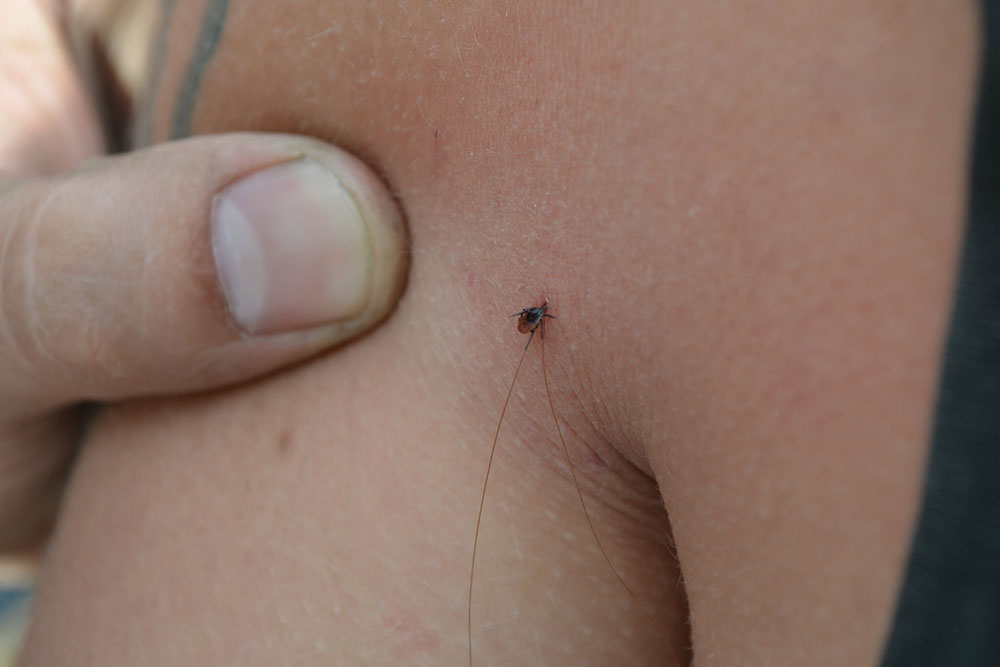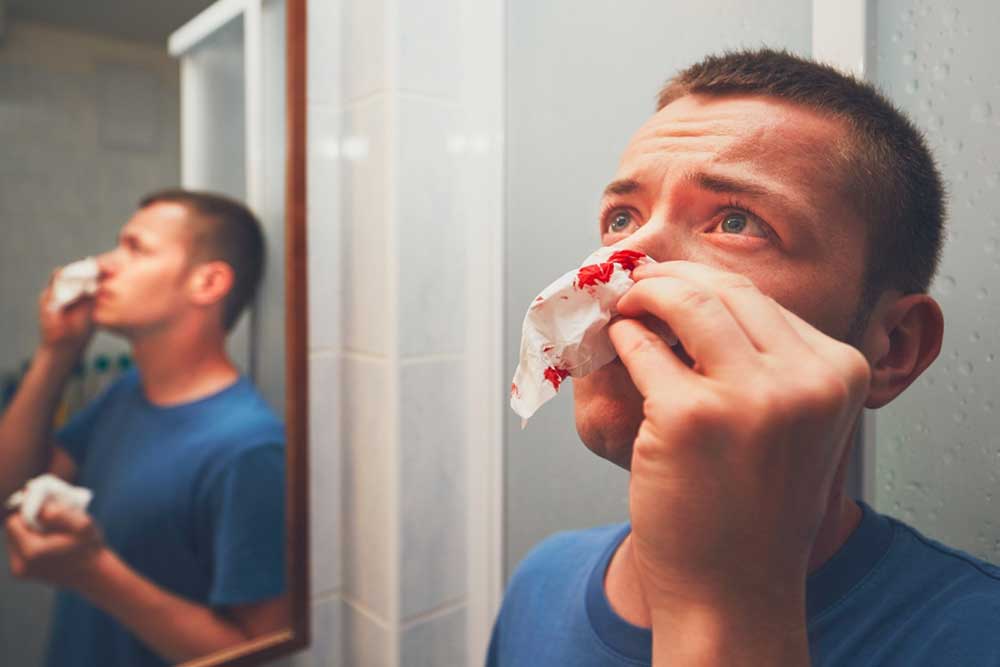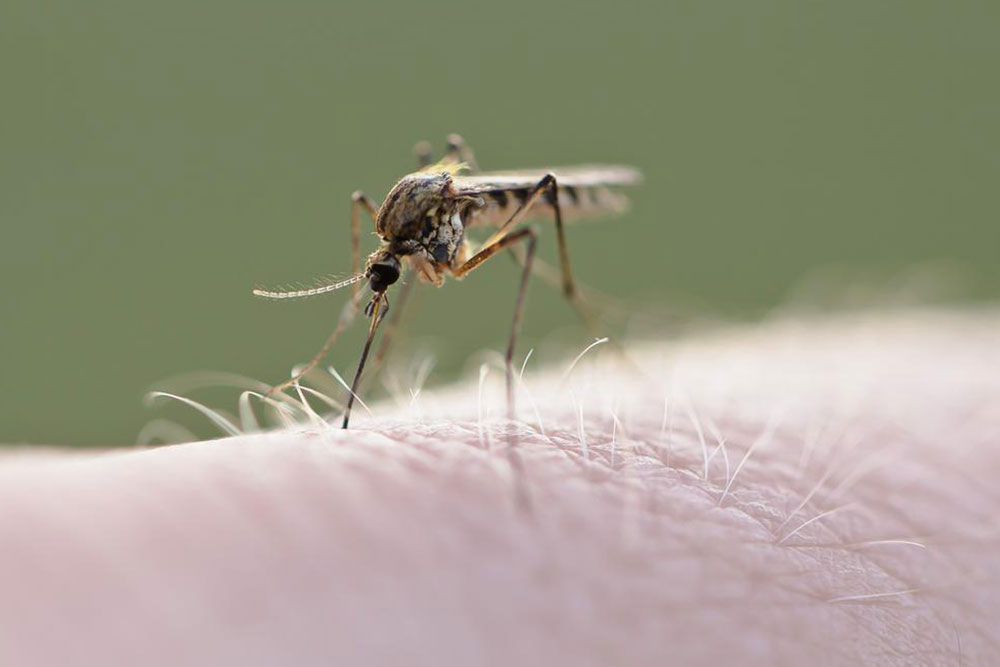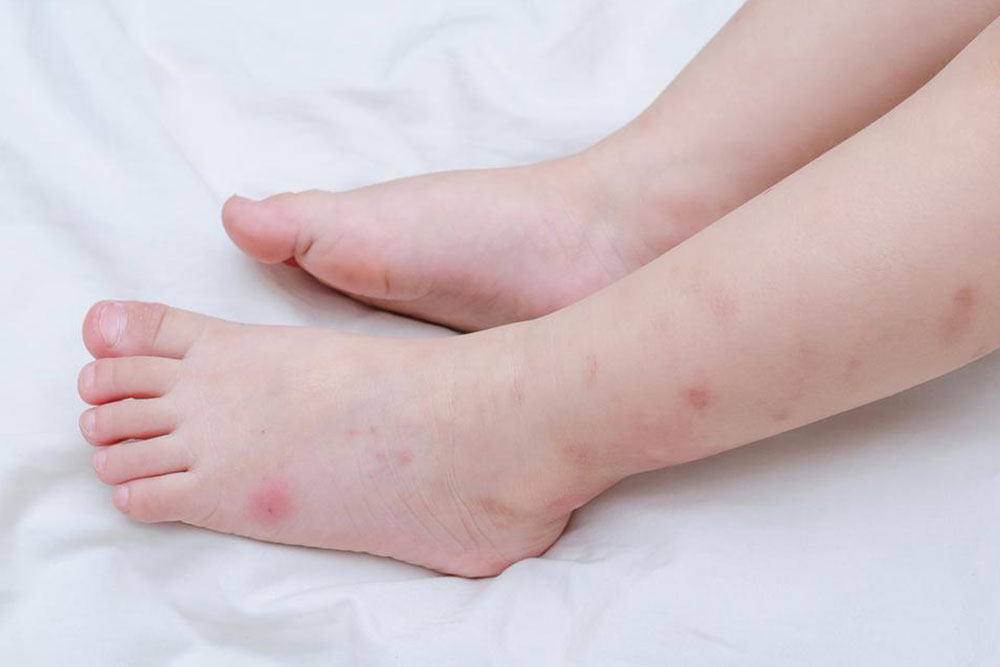How to Recognize and Respond to Spider Bites
Learn how to identify common spider bites and understand the symptoms and first aid treatment. Recognizing dangerous species like black widows and recluse spiders helps in prompt medical care. The article provides tips on spider identification and symptoms to watch for after a bite.
Sponsored
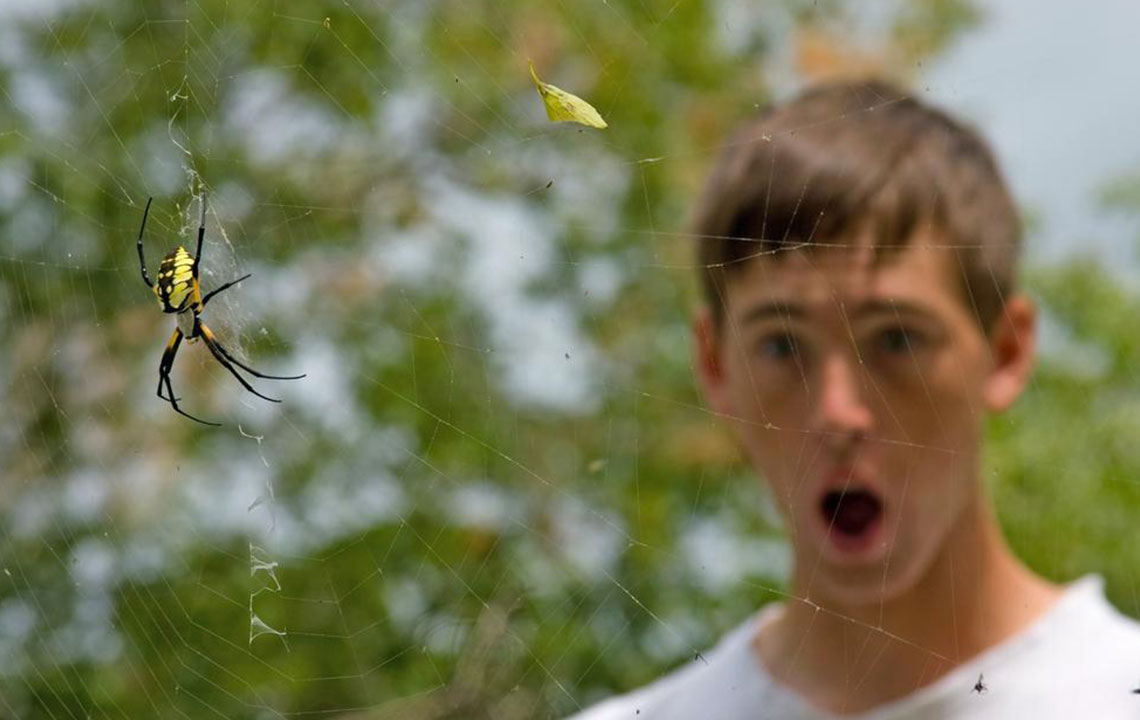
Recognizing and Managing Spider Bites
Spiders generally do not feed on humans and are not bloodthirsty pests. Bites are rare because most spiders lack the fangs capable of piercing human skin. Usually, a spider bites only when it feels threatened or is accidentally disturbed, such as when placing your hand under furniture, shoes, or boxes that may hide them. They might also attack if trapped, for example, in a hanging coat or stored clothing.
Are all spider bites venomous?
All spiders are venomous since they use venom to subdue prey; however, the venom's potency varies. In most cases, spider venom is ineffective against humans, and bites resemble common insect bites. Only a few spider species possess venom strong enough to cause harm, notably widow spiders and recluse spiders, though encounters are infrequent.
Identifying a Spider Bite
Prompt identification is vital, especially if bitten by dangerous species like a brown recluse, black widow, or sac spider. Often, symptoms may appear hours after the bite, making it important to monitor for signs. Recognizing the spider involved can aid diagnosis; below are descriptions of some common venomous species:
Brown Recluse: Prefers quiet, secluded areas like attics or storage rooms. Bites often occur when handling infested items like shoes, clothes, or furniture. Look for a violin-shaped marking on the cephalothorax and yellow to dark brown coloration.
Black Widows: Found indoors and outdoors, favoring dark corners such as attics, garages, or woodpiles. Notable for a shiny black body with a distinctive red hourglass on the underside. The body size is approximately half an inch, with a total length of about 2.5 centimeters including legs.
Hobo Spiders: Spin web networks and are poor climbers. They are fast runners and their bites resemble, but are less severe than, recluse bites. Usually sit high on long legs which lack markings, and tend to be less aggressive.
Sac Spiders: Often confused with recluse spiders, they hunt actively and hide in sac-like webs, commonly in indoor corners. They range from light yellow to pale green and are nocturnal.
Besides knowing the spider species, observe symptoms such as:
Sudden localized pain
Fever and muscle aches
Red or purple blister
Headaches, sweating, or swelling of lymph nodes
Itching, rash, or breathing difficulties
Anxiety, elevated blood pressure, nausea, or vomiting
First Aid & Treatment
Immediate steps include:
Cleaning the bite area with antiseptic
Applying an ice pack for swelling relief
Taking antihistamines to reduce itching
Covering the wound to prevent infection
Avoiding scratching or exertion
If symptoms worsen or signs of severe reaction appear, seek medical attention promptly. Spider bites can take time to heal and may affect skin tissues. Accurate identification of the bite is crucial to avoid misdiagnosis, especially in areas with few spiders. Staying informed helps ensure proper response and care.

